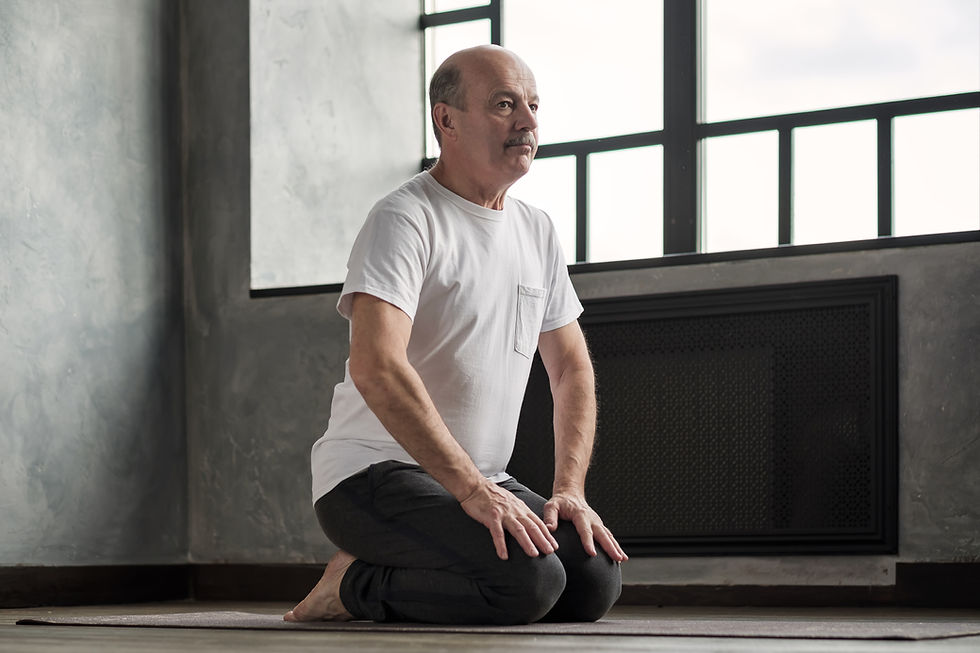Every Day Meditations for Anywhere
- Amanda Credeur

- Nov 16, 2021
- 3 min read
Often, people tell me they cannot meditate as though there is some physical limitation to meditation. These limitations are created by the individual's concept "meditation." Similar to someone saying they cannot touch their toes, when really they mean "I cannot easily fold forward," the concept of not being able to meditate means "I cannot sit and stop thinking." Surprisingly, meditation is much easier than that! Meditation can be redefined as something anyone can practice, anywhere, any time of day. Below is a different way to think of meditation, as well as meditation practices you can use anywhere and practice any time of day.
Meditating is sitting at the train station, watching the trains pull in and out of the station, acknowledging their presence, yet not boarding the trains.
Meditation is not trying to stop the trains from arriving and departing, but letting them freely come and go, while focusing on being in the station.

Here are three meditations you can add into your daily life that do not have a requirement on time or space.
Walking Meditation – Set a timer or walk a predetermined path. As you walk, let your mind wander and your body relax. Pay close attention to everything around you. What do you see? What can you hear? Are there any smells? How do you feel? Be in the present with your surroundings. If you notice thoughts popping into your head as you walk, remind yourself that you will be finished your walk soon, and return to focusing on the experience of everything in the present around you.
Tension Release - This practice is helpful in three stages. First, feel stable. Second, feel your breath. Third, relax your muscles. There are no rules to those three stages, and you may visit them in a cycle over and over until you feel the tension release from your body. To feel stable, align your feet and hips, and center your spine and head. Then notice your breath. No need to change your breathing pattern. Simply pay attention to how you’re breathing in the moment. Then, try to relax your muscles. Start with the muscles in your face – blink or close your eyes, relax your jaw, let your tongue fall away from the roof of your mouth, and relax your lips. Then relax yourself all the way down the spine and body. Start back at the beginning, focusing on your stance, then your breath, then relaxing your body again. Do this, until you’re truly feeling steady and return to a normal breathing pattern.
Focused Breath – Focusing on your breath is a great way to clear your mind. Instead of focusing on “not thinking,” you simply focus on breathing. Start by focusing on the body parts moving as you breath. Pay attention to your stomach, ribs, chest, and even body parts that may not seem to move when you breath such as your face. When you have a good connection with your body and breath, start counting on your inhale and then start a new count on your exhale. Eventually, you would like to count the same number on the inhale as you do on the exhale. The number itself is not important. What is important, is evening out the inhale and exhale to align the breath and relax the mind.
Let me know how you enjoy these meditations, or if you stubble upon other obstacles. I would love to hear about your experiences.
Connect with me on social, or email me at fy@firecrackeryogi.com.




Comments